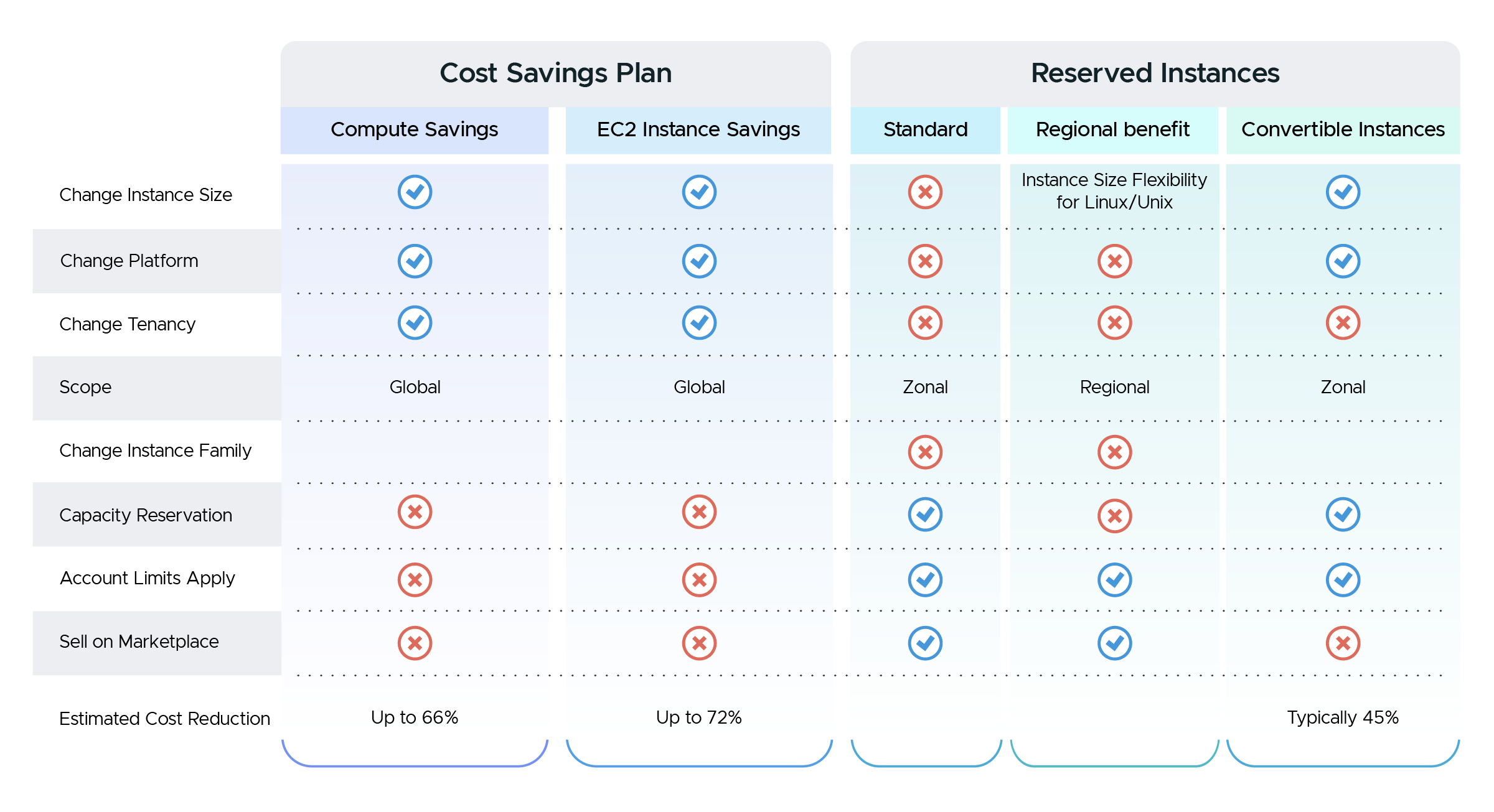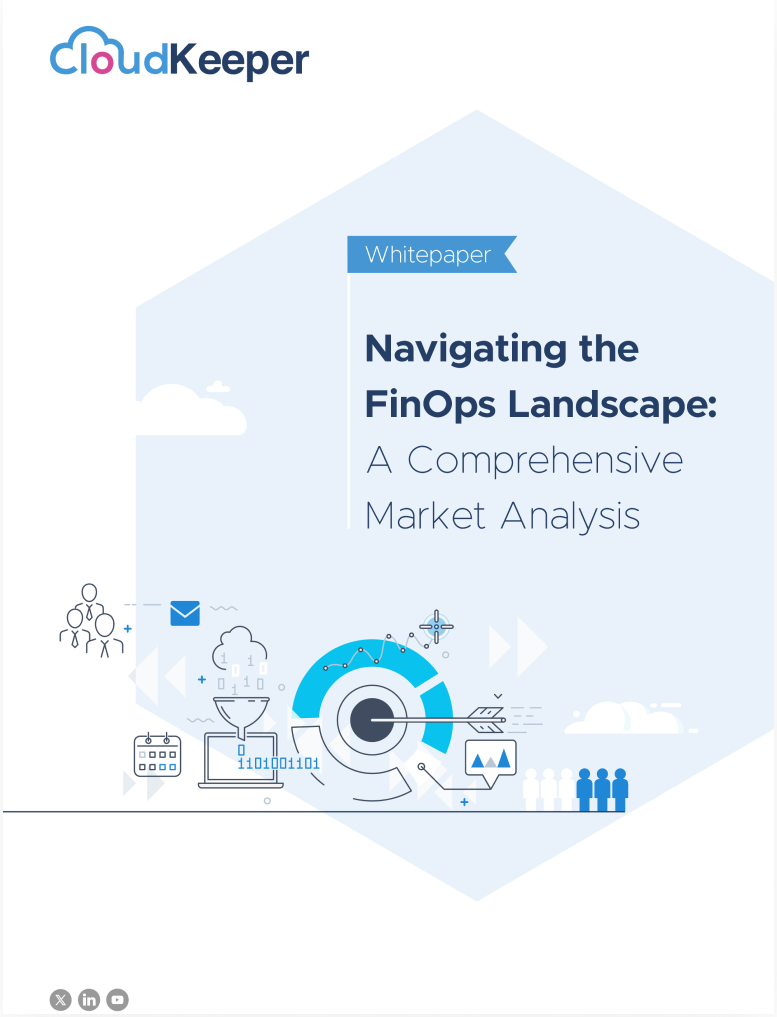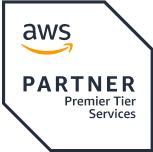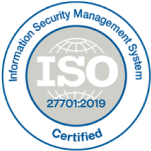The shift to cloud computing has revolutionized businesses' operations, providing scalability, flexibility, and efficiency. The global public cloud services market grew by 288% from $145 billion in 2017 to $563.6 billion in 2023 [Statista Report]. Even the global cloud computing market is expected to surpass $1 trillion in the next five years by 2028[Precedence Research]. These numbers do look promising. However, this advancement comes with a challenge—managing waste and optimizing cloud cost savings. Among cloud service users globally, an average of 30% of wastage occurs in their cloud spending. This has become a serious issue among the cloud users. As companies embrace cloud services like AWS, the need to streamline expenses and enhance cloud cost savings becomes paramount.
Cloud costs often spiral due to three major factors - Underutilized resources, complex pricing models, and lack of visibility into spending patterns. Let’s talk about them in detail:
- Complexity in Pricing Models
The complexity in cloud pricing models arises due to the diverse range of services, pricing tiers, and billing structures cloud service providers offered by cloud service providers. Understanding and managing these pricing models can be challenging for organizations, leading to difficulties in predicting and optimizing cloud cost savings effectively. - Lack of Visibility and Transparency
The lack of visibility and transparency in cloud cost management refers to the challenge of not having comprehensive insights into cloud usage, spending patterns, and resource utilization, which impedes accurate tracking and effective optimization of expenses.
Without detailed usage data, organizations struggle to identify where resources are allocated and if they're being utilized optimally. - Resource Underutilization
Resource underutilization in cloud environments is when cloud resources, such as instances, storage, or databases, are not fully utilized or idle for extended periods, leading to unnecessary cloud costs and inefficiencies. This case occurs for the following reasons:
1. Idle Resources.
2. Overprovisioned Resources.
3. Unused Storage & Compute Power.
4. Suboptimal Scaling Strategies.
Cloud Cost Optimization
To address the cloud cost challenges, businesses must adopt comprehensive strategies for cloud cost optimization. These strategies help businesses address their cloud cost savings challenges and ensure that they optimize spending, prevent unnecessary expenses, and maintain financial health. Here are some steps to follow to maximize your cloud cost savings.
Step 1: Assess and Analyze
The initial phase of cloud cost optimization necessitates a comprehensive evaluation of your cloud infrastructure and a meticulous analysis of usage patterns. This critical stage involves a deep dive into the entire ecosystem, examining the allocation and utilization of resources across various services and applications within the cloud environment. Assessing and analyzing involves:
- Understanding the interplay between different components.
- Identifying trends in resource consumption.
- Discerning any irregularities or inefficiencies that might contribute to increased cloud costs.
This phase sets the groundwork for informed decision-making by providing a clear picture of the existing infrastructure and highlighting areas primed for optimization to drive cloud cost savings.
Step 2: Right-Sizing Resources
One of the most effective strategies to curtail unnecessary expenses within a cloud environment is by right-sizing resources. This approach revolves around aligning the capacity of resources precisely with the actual workload demands. By meticulously analyzing the usage patterns and performance metrics of various resources—such as compute instances, storage volumes, or database configurations—businesses can accurately ascertain the appropriate size needed to support their operations and minimize excess cloud allocation & purchase. Right-sizing involves a balance among the below-mentioned conditions:
- Avoiding over-provisioning, which leads to idle resources and increased cloud costs.
- Preventing under-provisioning, which might result in performance bottlenecks or inefficiencies.
- Right-sizing AWS resources involves strategically matching the capacity and configuration of instances to the actual workload requirements.
- Scheduling resources efficiently ensures they operate when needed, contributing to decreased overall cloud spend.
Step 3: Automate Cost Management
Automation streamlines and optimizes various operational aspects, ensuring that cost-saving measures remain consistent and responsive to the constantly changing cloud environment. By leveraging automation tools and scripts, businesses can orchestrate tasks such as:
- Provisioning and de-provisioning resources.
- Scheduling instances to operate only during required periods.
- Implementing scaling policies based on workload fluctuations.
- Executing cloud cost-monitoring algorithms in real-time.
This proactive approach reduces the manual effort involved in managing resources and enhances accuracy and agility in adapting to shifting demands.
Step 4: Implement Cost Allocation and Tagging
Tracking expenses meticulously at a granular level across the cloud infrastructure is essential for gaining comprehensive insights into cloud cost allocation and expenditure. This approach involves dissecting costs across diverse services, applications, and functionalities within the cloud ecosystem, offering a detailed breakdown of where and how expenses accrue. Businesses gain a precise understanding of cost distribution by delving deep into the specifics of resource usage, data storage, networking, and various cloud services. This level of scrutiny and understanding of cost attribution aids with the following areas:
- Fine-tuning operations.
- Maximizing resource efficiency.
- Fostering better financial control and planning within the cloud environment.
Step 5: Utilize Reserved Instances and Savings Plans
Utilizing Reserved Instances (RIs) and Savings Plans is a strategic approach that users can employ to optimize cloud cost savings effectively in cloud computing. These purchasing options offer significant cost savings compared to on-demand pricing and can significantly impact overall cloud expenses.
Reserved Instances
Cloud service providers offer RIs, a billing option that allows users to reserve capacity for specific instance types in exchange for a significant discount compared to on-demand pricing. Here's how they work:
1. Cost Savings: RIs offer substantial discounts (up to 70-75%) compared to on-demand instances.
2. Term Length and Payment Options: They are available in various term lengths, such as one-year or three-year contracts, and offer different payment options like all upfront, partial upfront, or no upfront.
3. Instance Flexibility: RIs provide flexibility in choosing instance types, availability zones, and platforms.

Savings Plans
Savings plans are another flexible pricing option that offers significant cloud cost savings (up to 72%) compared to on-demand pricing. They provide similar benefits to RIs but with more flexibility:
1. Flexibility Across Services: Unlike RIs, Savings Plans offer flexibility across a broader range of services and instance families within a cloud provider's ecosystem.
2. Usage Flexibility: Savings Plans automatically apply savings across a broad set of instance usage, regardless of instance size, region, or operating system.
3. Pay-As-You-Go Model: Users commit to a consistent amount of usage (measured in dollars per hour) on a one- or three-year term.
Properly strategizing the use of RIs and Savings Plans based on workload patterns and requirements enables organizations to maximize cloud cost savings and allocate resources more efficiently in the long run.
Step 6: Continuous Cost Optimization through Recommendations
Continuous cost optimization through recommendations on cloud infrastructure involves an ongoing process of refining and enhancing resource allocation and usage based on real-time insights and suggestions. These recommendations encompass a wide spectrum of adjustments, from rightsizing instances and storage volumes to suggesting reserved capacity purchases and advising on adopting more cost-effective services or pricing models. The constant analysis of the below-mentioned metrics can ensure cost efficiency:
- Usage patterns.
- Performance metrics.
- Cost data.
These recommendations evolve with the changing dynamics of the cloud ecosystem, ensuring that businesses stay ahead in optimizing their infrastructure for cost efficiency.
CloudKeeper: A solution to your FinOps challenges
Navigating the intricate web of cloud costs demands a multifaceted strategy, and in this expedition, CloudKeeper emerges as an invaluable ally. Armed with comprehensive analytics, robust automation capabilities, and a constant flow of optimization recommendations, CloudKeeper helps businesses unravel the complexities of cloud expenses and extract the utmost value from their cloud ventures. With its arsenal of Cloud FinOps solutions like:
- CloudKeeper AZ: Guaranteed savings on your cloud bill, along with end-to-end FinOps support.
- CloudKeeper Auto: Zero-touch, AI-based platform for AWS RI management.
- CloudKeeper EDP+: Additional discount on your committed usage and discounted AWS support.
- CloudKeeper Lens: Track, analyze, and optimize your cloud usage with our comprehensive cloud visibility platform.
- FinOps Support & Consulting: Establish a strong FinOps culture in your business by leveraging our Cloud FinOps offerings.
Providing a holistic view of cloud expenditures and leveraging automation to streamline processes, CloudKeeper paves the way for businesses to enhance transparency, fine-tune their spending, and align their cloud investments with strategic objectives. As the cloud continues to evolve, CloudKeeper can be a trusted companion, navigating the complexities and guiding businesses toward cost-efficient and optimized cloud operations.
Experience CloudKeeper firsthand by scheduling a demo today.








